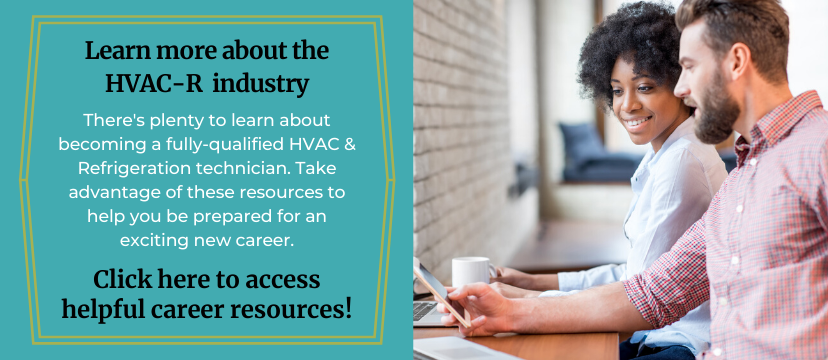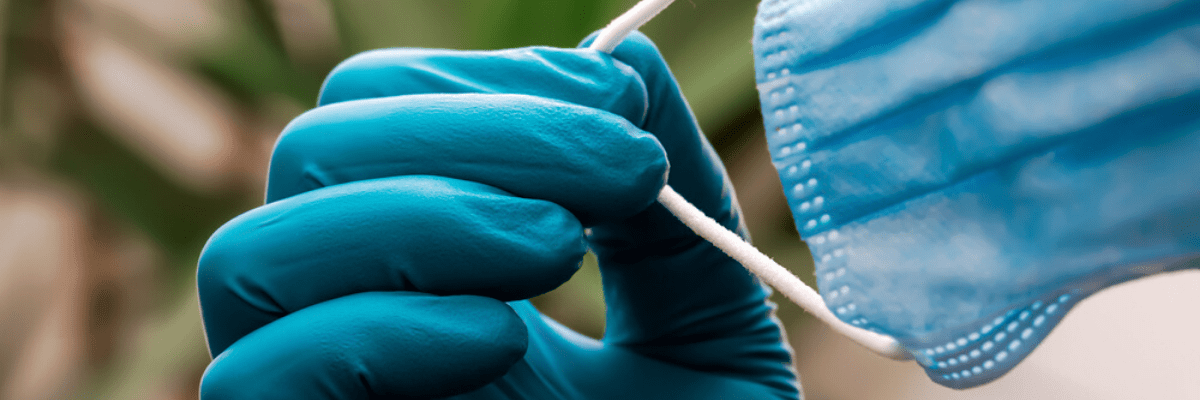The recommendations described in this article were jointly developed by the Mechanical Contractors Association of America (MCAA), United Association (UA), American Society of Sanitary Engineering (ASSE), and International Association of Plumbing and Mechanical Officials (IAPMO), and are based on guidance from the CDC, OSHA, and ASHRAE. The recommendations were presented in a recent MCAA webinar: Guidelines for COVID-19 to Help Protect Mechanical Industry Workers.
What is PPE?
PPE is Personal Protective Equipment that protects workers from injury on the job, and from exposure to harmful substances such as chemicals, electricity, and microorganisms that cause disease (including coronavirus particles).
Why is PPE required for HVAC & Refrigeration safety?
The use of PPE is certainly not new to the HVAC and Refrigeration industry. Installers and service technicians are accustomed to wearing protective clothing, gloves, and goggles (at a minimum) to protect themselves from work-related injury.
However, due to COVID-19, experts have developed new guidelines and recommendations for service technicians around the use of PPE.
The new PPE recommendations are designed to help protect workers from exposure to the virus and from contracting the disease or bringing it home to their loved ones. When workers use PPE correctly, it also protects occupants of the spaces where they work, because it helps to prevent workers from unknowingly spreading the virus.
For PPE to effectively keep people safe, both employers and service technicians must understand their responsibilities and follow guidelines as directed.
Recommended PPE for HVACR technicians during the pandemic
The following PPE items are generally recommended (by the organizations listed at the beginning of this article) for HVAC and Refrigeration technicians working in the field who may come into contact with plumbing vents and HVAC exhaust fans. Keep in mind that best practices and recommendations may vary based on the specific work types and locations.
- Safety glasses with face shield to protect eyes and mouth from virus particles.
- NIOSH-approved N95 face mask or half-face respirator with HEPA filters to prevent inhaling virus particles.
- Protective suits/coveralls (such as Tyvek) to prevent potential contamination of clothing.
- Nitrile inner gloves (6 mil thickness or greater) to prevent exposure to liquids and when removing PPE and cleaning tools.
- Cut-resistant outer gloves (or work gloves) which help to protect from cuts and tears to the inner glove.
- Disposable booties to prevent potential contamination of work boots.
IMPORTANT: HVAC and Refrigeration technicians working in a healthcare facility must follow the facility’s documented Infection Control and Risk Assessment (ICRA) process regarding wearing and removal of PPE, as well as other requirements such as tool cleaning, removal of waste and material, and paths of worker travel.
Electrical safety and use of PPE
When working on energized electrical conductors or circuit parts, HVAC & Refrigeration technicians MUST comply with electrical safety regulations (NFPA 70E – 2018) to make sure they are protected from arc flash and electrical shock hazards.
Use all compatible protective measures against COVID-19, such as wearing an N95 face mask/respirator under your arc flash face shield. And be sure to follow hygiene practices recommended by the CDC, such as not touching your face.
Once troubleshooting is completed, shut off the power, lock it out, test it dead, remove your arc flash and electrical shock PPE. Continue to wear the appropriate PPE for protection against COVID-19 described in these guidelines until you have completed your work.
How to safely remove and dispose of PPE
After completing work, here’s how to safely remove your PPE and dispose of used items.
- If wearing two sets of gloves, carefully remove outer gloves by rolling inside out. Dispose of used gloves by placing in a plastic bag that can be sealed.
- Complete cleaning of tools and equipment.
- Remove inner gloves by rolling inside out, being careful not to come in contact with any contaminated surfaces.
- Wash hands, arms, and face (in that order) with soap and water for at least 20 seconds immediately after removing PPE.
- Keep items like masks and face shields clean by following manufacturer instructions carefully.
Safety responsibilities for HVAC & Refrigeration employers
- Provide appropriate PPE. Employers must provide PPE to each employee working in the field. If the recommended equipment is unavailable, employers should provide appropriate substitutes.
- Provide handwashing facilities. Service vehicles must be equipped with hand washing and sanitizing stations.
- Provide PPE training for workers on proper use & disposal of PPE.
- Provide safety training for workers including basic hygiene practices as well as safety procedures for working safely in an environment where a potentially deadly disease may be present (according to ASSE International’s Series 12000 Standard 12062).
Safety responsibilities for technicians
- Make sure you understand all procedures. When in doubt, ask!
- Use PPE as directed and follow all safety protocols from your employer.
- Wash hands as directed and follow other hygiene recommendations (see CDC guidelines for handwashing).
- Avoid sharing tools and clean tools as directed. (Here’s a helpful guide to tool cleaning and disinfection).
- Do not report to work when you feel ill. If you start to feel ill, inform your supervisor immediately and document the incident.
- Report and document any exposure to the COVID-19 virus.
Additional CDC recommendations for workers
- Avoid touching your face, mouth, eyes, nose, or open sores and cuts.
- Keep open sores, cuts, and wounds covered with clean, dry bandages.
- Cover your cough and/or sneeze with your bent elbow.
- Wash hands frequently with soap and water for at least 20 seconds before eating or drinking, before and after using the toilet, and immediately after completing work.
- Before eating, remove soiled work clothes and eat in designated areas away from human waste and sewage-handling activities.
- Do not smoke or chew tobacco or gum while working.
- Clean and disinfect the work area frequently.
- Regularly clean and disinfect tools and equipment.
- Clean contaminated work clothing daily with 0.05% chlorine solution (1-part household bleach to 100 parts water).
- Although currently there is not a vaccination for COVID-19, the CDC recommends keeping other vaccinations current.
More HVAC & Refrigeration career resources
Get more content to boost your skills and opportunities in the growing field of HVAC and Refrigeration service.

